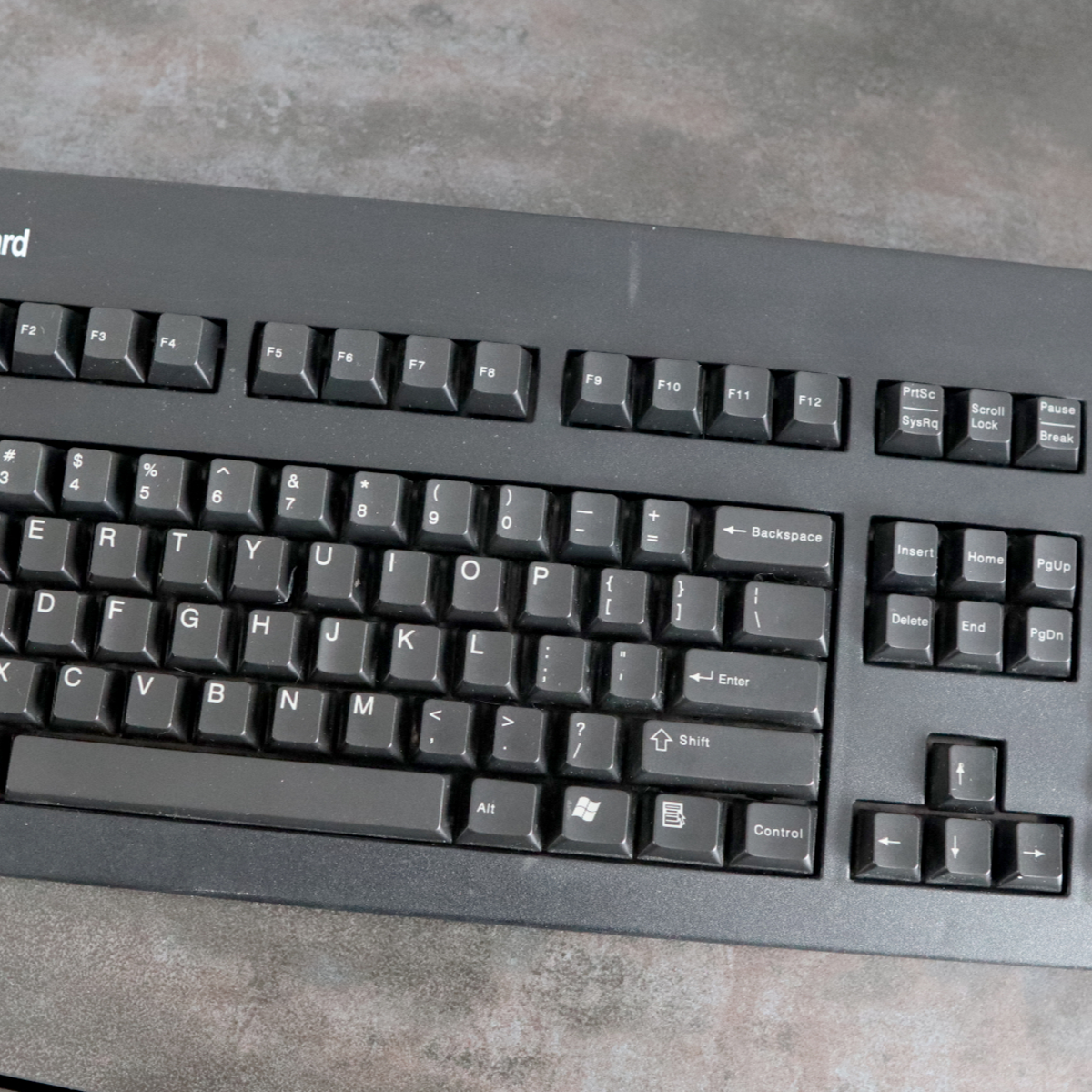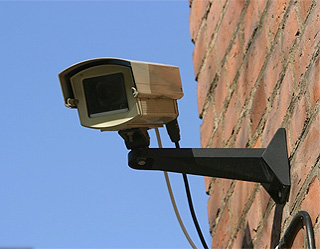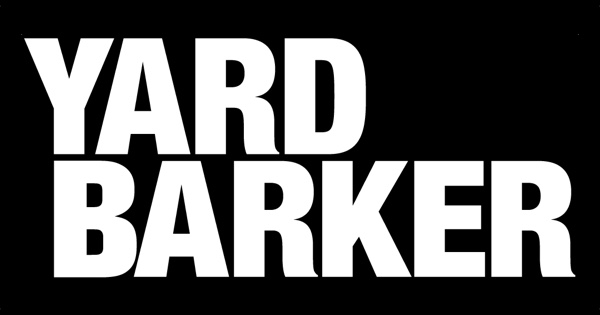Copyright eurogamer

Mechanical keyboards have been around for a long time - even before they went mainstream some 15 years ago - and nowadays you can find thousands of models from hundreds of manufacturers with a dizzying array of switch types, sizes and gaming features to choose from. Das Keyboard were one of the first companies to bring mechanicals to a wider audience, especially in their native America, and today we're looking at a nearly 20-year-old artefact of that time to see what's changed in the intervening decades. The Das Keyboard 2 launched in 2006 as the brand's first mechanical keyboard, following on from the famously blank membrane Das Keyboard that got mainstream media attention as a keyboard for "uber geeks" a year earlier (and even prompted some users to take power tools or bottles of spray-paint to their keyboards to get a similar look). Das initially adapted existing keyboards in their signature all-blank style - and more accessible models with key legends - so the model I've got on my desk today is actually a a rebadged Cherry G80-3000. This unit dates from 2006, based on a date code on the label underneath. It's a Czech-made model too, produced in a factory established in 1992 in order to take advantage of lower labour costs than in Germany. The factory was also responsible for some rebadged models, like this DK2. For all intents and purposes, the Das Keyboard 2 looks surprisingly modern, with a standard full-size ANSI US layout, complete with a nav cluster, arrow keys, function row and number pad as we see on contemporary full-size keyboards. The only thing that dates it slightly is the chunky plastic bezel and a plain Das Keyboard wordmark. The Das Keyboard 2 is actually lighter than you'd expect compared to modern mechanicals and even some vintage models, suggesting this unit is a revised G80-3000 that cut some corners in comparison to the originals from the late 1980s. The original DK2 came with fully blank POM keycaps, although my sample seems to have lasered legends, complete with this keyboard's signature deep-dish F and J keycaps. As someone who has used several of these G80-3000s over the years, coming to use the DK2 was like coming home. The keyboard I used a lot as an early teenager was a G80-3000 with MX Blues (amazingly, still available on Amazon), and it felt virtually identical to this DK2 - the MX Blue key switches inside are crunchy and loud, with a pleasant weight and lovely tactility that makes it easy to get up to speed. If I didn't have to send this keyboard back to the Das archives, I'd weld it to my desk - I'd forgotten how much I loved older MX Blues! Its full-size layout is convenient, as is its plug-and-play USB connectivity - not something to be taken for granted given how prevalent PS/2 keyboards were in this era. However, while I'm still happy with a keyboard like this, the majority hasn't been, and that's why we've seen the state of the industry change so much in 20 years. There were other brands besides Das and Cherry offering keyboards back in the early 2000s, including Japanese specialists Filco, who introduced their first Majestouch model in 2004. Raptor Gaming is another intriguing contemporary, and another company that took an existing Cherry mechanical keyboard (this time the G80-11800) and enhanced it for gaming with a two-port USB hub and a unique physical locking system for any key to prevent unwanted keypresses while gaming - a feature that is now achieved via firmware/software on essentially every modern gaming keyboard. The Raptor Gaming K1 was certainly ahead of its time. I can pinpoint the point at which things began to change to a couple of moments in history. We first started to see mechanical keyboards used for gaming from 2007-2010, with the likes of SteelSeries, Gigabyte and most famously Razer, all getting in on the act and using Cherry MX switches for the privilege. They were 'gaming' keyboards simply because they were mechanical, while some added features such as USB hubs and even integrated headphone and mic jacks. The first BlackWidow even had RGB lighting, dimmable through five levels - exciting. The second important shift was when the Cherry MX patent expired in 2014. This meant that other companies could now make their own 'clone' MX switches, which shifted the mainstream market from using Cherry originals to cheaper clones from the likes of Gateron and Kailh. Soon after, this followed into the hobbyist sector, and lockdowns in the wake of the COVID pandemic brought a huge surge of interest in mechanicals for gaming and working. This explosion of activity was satisfied by a huge number of new brands springing up, offering unique customisation options, fancy FPS-focused features and upgraded typing experiences. When I got into the mechanical keyboard hobby around ten years ago, the idea of a hot-swappable PCB where you didn't need to solder switches into place was a rarity - Glorious lays claim to this in the gaming sphere with the first GMMK in 2016 - and now, the feature is standard. The same goes for addressable RGB lighting, which was initially an expensive option for a few high-end keyboards, and now is cheap enough that you can get it on a £20 mechanical. The typing experience and keyboard acoustics have also become wildly more popular, spurred by Instagram and Tiktok accounts that share brief videos typing on keyboards that sound "creamy" or "thocky". If you don't want to buy a keyboard that's been made great-sounding out of the box, then there's a cottage industry of lubricating stabilisers, taping switches and adding foam to keyboard cases to explore. Twenty years ago, this kind of modification would have voided your warranty, but now it's seen much differently. For comparison's sake, here's a typical enthusiast keyboard from 2025: the Wobkey Rainy75. In contrast to the Das Keyboard 2's full-size plastic case, the Rainy75's chassis is built from machined aluminium, giving it both heft and durability. It also has a space-saving 75 percent layout, giving you all of the keys apart from the numpad in a much more compact size. While full-size keyboards remain the most popular option for Eurogamer readers, most mechanical enthusiasts favour these more compact options. One of the bigger changes apart from the layout is actually a reversion back to the past. The Rainy75 has double-shot PBT keycaps, essentially two layers of plastic pushed together, which are higher quality than that of the DK2 and a return to what keyboard manufacturers were doing decades ago. For instance, Cherry stopped offering any form of double-shot keycaps in 1999. As well as feeling nicer, PBT keycaps don't experience that horrible keycap shine that cheaper ABS ones do, and their legends won't fade over time either. The Rainy75 also adds on wireless functionality, with the option to connect to three saved Bluetooth devices or a device with its 2.4GHz USB receiver. Wireless connectivity on mechanical keyboards also arrived around roughly ten years ago, although the G80-3000 has since never been offered in a wireless variant to my knowledge - and wireless was another expensive option back in the day, given that you needed a lot of extra circuitry, a battery and special firmware. Here in the modern day, the Rainy75 simply works, and of course you're free to use the keyboard wired too. Perhaps the biggest shift for a mechanical keyboard in 2025 against twenty years ago is inside. The Rainy75 comes with Kailh Cocoa switches, a light and pre-lubricated linear switch with a pleasant sound to them and a smoother feel. They're some of the better linear switches I've used in recent times, lacking the inconsistency of force that earlier clones were plagued with. It's taken nearly a decade for them to get pretty good in my eyes. The stabilisers inside are also lubricated for smoothness and acoustics, while the switches being gasket-mounted provides a bouncier and in turn more responsive feel under the finger. With my sample of the Rainy75 though, I've taken advantage of its hot-swappable powers and taken the main alphanumeric key's switches and some other frequently used ones, and replaced them with the much quieter Cherry MX Northern Lights, which changes the feel of the keyboard completely with virtually no effort. All you need is a keycap puller, a switch puller, some switches, and a few minutes of your time, and you can go from a linear to a tactile keyboard that previously would have required you to buy a whole new one. Software compatibility is through QMK or VIA - a free launcher where you can do everything from remapping keys to programming macros, which you can do either via the UI or with firmware flashing if you're a bit more technically minded. The DK2, by comparison, has no real means of remapping keys, programming macros or doing anything of the sort without external software. Despite these numerous changes, the Rainy75's mechanical switches would still be recognisable to a keyboard geek of 2005. After all, electro-capacitive switches haven't broken the mainstream despite being lovely to type on, while advanced Hall Effect and TMR rapid trigger keyboards still rely on the same mechanical action even if they recognise key presses in a more advanced way. All these switch options have their place, of course, but it's not surprising that the basic blueprint has remained the same for two decades. To sum up then, the Das Keyboard 2 still holds up remarkably well in 2025 if you want a functional and responsive keyboard that nails the basics, although any customisation beyond changing keycaps is of course out the window - and that's where more modern options such as the Rainy75 come in. The hobby is in a good place some 20 years on from the first mechanical Das Keyboard - and I can't wait to see where it goes next.



